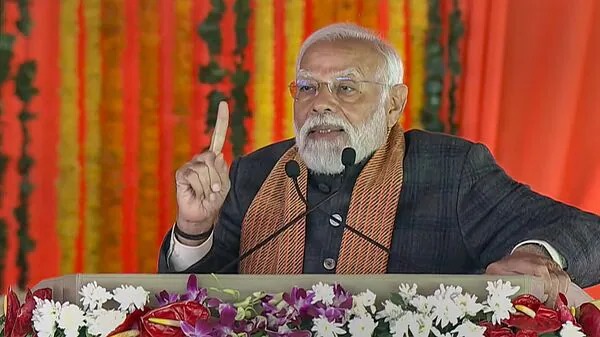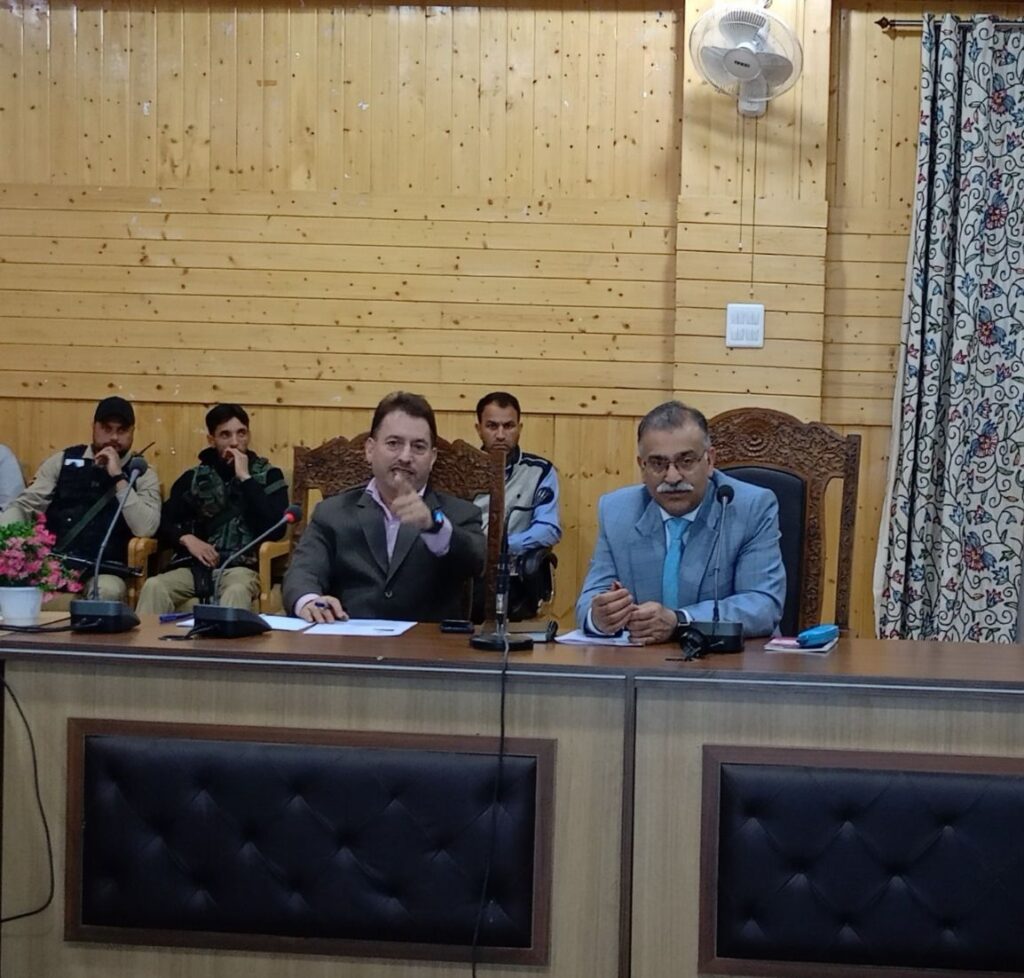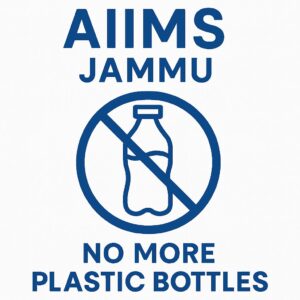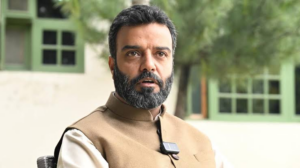10 visits after abrogation of Article 370; no other PM visited J&K for 30 times in the last 50 years
JAMMU, 16 January: With the inauguration of the Z-Morh road tunnel near Sonamarg on Monday, Prime Minister Narendra Modi has broken the record of all Indian Prime Ministers’ visits to Jammu and Kashmir in at least the last 50 years. According to authoritative sources and official data, it was Modi’s 30th visit to Jammu & Kashmir since his Lalkar Rally at Jammu’s Maulana Azad Sports Stadium on 1 December 2013 when he was the Chief Minister of Gujarat and the BJP’s Prime Ministerial candidate ahead of the 2014 Lok Sabha elections.
Modi addressed three election rallies in the erstwhile State of Jammu and Kashmir in 2013-14 before taking over as Prime Minister in May 2014. Officials insist that the exact data of the Indian Prime Ministers’ visits to J&K from 1947 to 1975 is “not readily available”. “It is possible that no PM visited J&K from 1947 to 2025 as many times as Modi did but it can be confirmed after analysing the authentic data”, said a senior bureaucratic source.
Modi’s first official visit as PM came on 4 July 2014 when he visited Jammu, Katra, Srinagar and Uri. Later, on 12 August 2014, he paid his first visit as PM to Leh and Kargil in Ladakh.
Subsequently in 2014, his first year as PM, Modi visited J&K on 7 September, 23 October, 22 November (Kishtwar), 28 November (Udhampur, Poonch), 13 December (Kathua, Rajouri) and 16 December (Jammu).
Modi conducted three visits to J&K in 2015— 01 March, 17 July and 07 November (Srinagar, Chanderkote). In 2016, he visited Katra in Jammu on 19 April. In 2017, he visited J&K on 2 April and 19 April (Gurez). His only visit to J&K in 2018 happened on 19 May. It remained limited to Jammu.
Days before the killing of 40 CRPF men in an unprecedented terror strike near Awantipora on the Srinagar-Jammu highway, PM Modi visited J&K on 3 February 2019. He also addressed election rallies in J&K on 14 April 2019.
After the abrogation of Article 370, withdrawal of Statehood and the special status and J&K’s bifurcation in two separate Union Territories, PM Modi did not hold any civilian or political tour for nearly 5 years. However, on 27 October 2019, 14 April 2019, 27 October 2019 and 04 November 2021, he visited some military installations and enjoyed some festivals including Deewali with the troops at forward positions.
On 24 April 2022, PM Modi held his first post-2019 rally at Pali in Jammu’s Samba district where he addressed a massive gathering of Panchayat members and laid the foundation stone for a host of the community development projects. A terror attack reportedly planned to sabotage the event was foiled on time as two heavily armed foreign terrorists were intercepted and eliminated in an encounter in Jammu.
In 2024, Modi visited J&K as many as 6 times—on 20 February, 7 March, 12 April, 20-21 June, 19 September and 28 September. These include a number of rallies during the Lok Sabha and Assembly elections in Srinagar as well as in Jammu besides an event on occasion of the International Yoga Day in Srinagar.
When he visited Kashmir on Monday, 13 January 2025, it was his first visit to the UT after the formation of the political government headed by Chief Minister Omar Abdullah on 16 October.
While most of the PM’s visits were for laying the foundation stones or inaugurating major infrastructure projects, in 2023 addressing a G-20 Summit in Srinagar was a key feature of his itinerary.
Unlike many politicians, Modi is known to have toured Kashmir in the thick of militancy in 1990-94. He visited all the valley’s six districts in 1993 when most of the mainstream politicians had resigned under the fear and diktat of the Pakistani gun. Former Chief Minister Farooq Abdullah had escaped to London. Several of his ex-Ministers and MLAs had been killed by militants and others—with a few exceptions—had migrated and settled in Jammu.
Mufti Mohammad Sayeed, who worked as the Union Home Minister for 11 months from 1989-1990, used to live in Delhi. Ghulam Nabi Azad, another former Union Minister from J&K, had reduced his visibility after his brother-in-law was kidnapped and then released in 1992. Farooq Abdullah couldn’t even visit the funeral of his close relative Sheikh Sadiq when Al-Umar Mujahideen kidnapped him and shot him dead.
A year after hoisting the Indian national flag alongwith the then BJP President Murli Manohar Joshi and other party colleagues at Lalchowk, Modi traversed the length and breadth of the militant-infested valley, disguised as a human rights activist. His secret and low-key visits subsequently gave him unmatched confidence.
His one-odd visit in 2016, on 19 April, covered the inauguration of a sports complex beside the convocation of Mata Vaishno Devi University and the inauguration of Mata Vaishno Devi Hospital at Katra in Jammu.
In 2017, Modi visited J&K twice, first on 2 April, to inaugurate the Syama Prasad Mukherjee tunnel between Nashri and Chenani on the Srinagar-Jammu highway. Later, on 19 October, he visited the Gurez valley on the Line of Control. On 19 May, 2018, he had an extensive visit to Ladakh, Kashmir and Jammu.
On 3 February, 2019, Modi had another extensive visit to Srinagar, Leh and Jammu. His last civilian and political visit towards the end of his second term as the PM happened on 14 April, 2019, when he addressed the Lok Sabha election rallies at Kathua and Udhampur. Thereafter he visited J&K only twice – on 27 October, 2019 and 4 November, 2021, both times to celebrate Diwali with the troops in Jammu’s Rajouri district.









